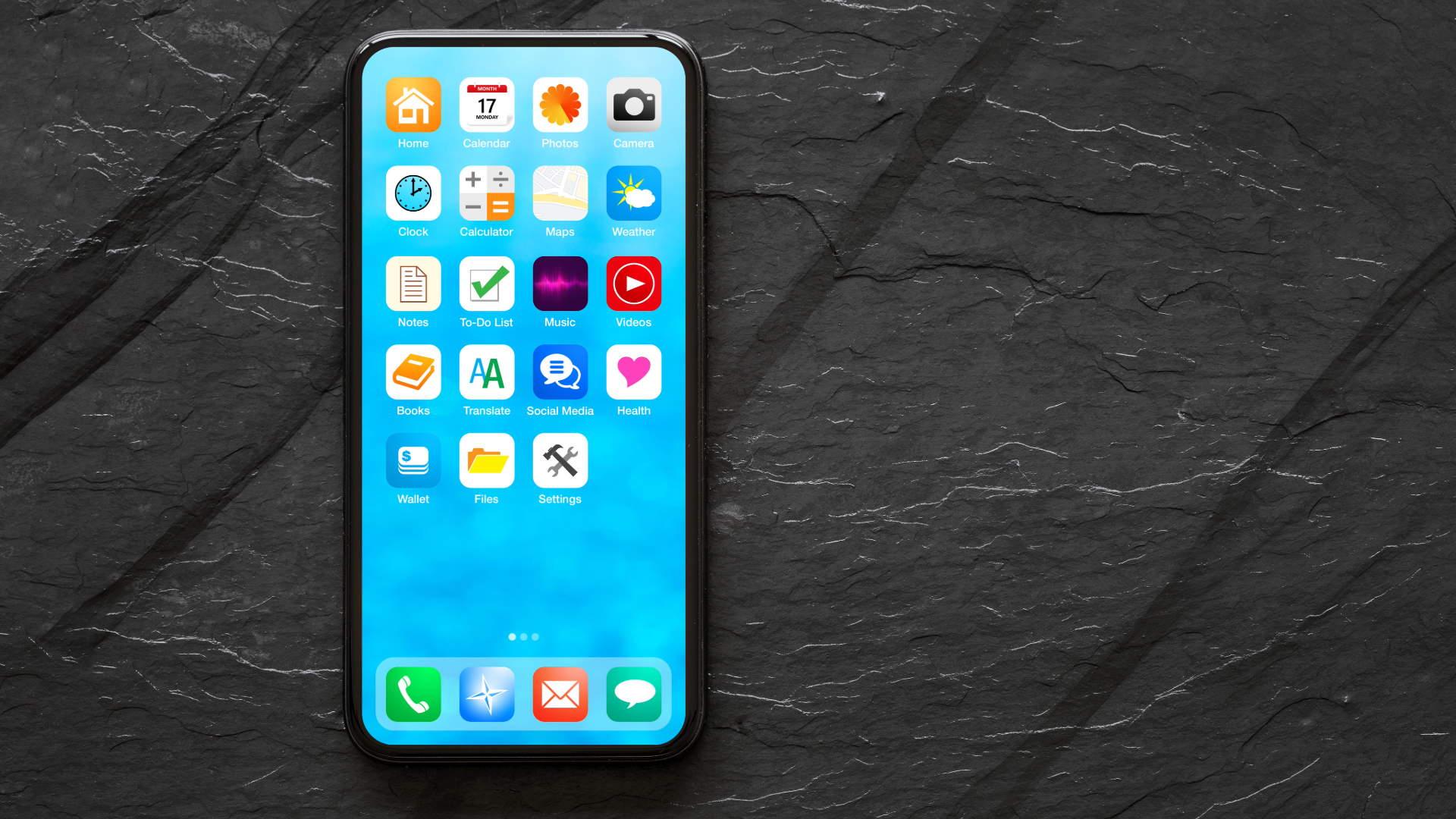When is the Medicare Annual Enrollment Period?
Medicare Annual Enrollment Period

What Is the Medicare Annual Enrollment Period?
The Medicare Annual Enrollment Period (AEP), also known as the Medicare Open Enrollment Period, is a specific timeframe each year when Medicare beneficiaries can make changes to their Medicare coverage. This period runs from October 15 to December 7.
Key Actions You Can Take During AEP
During the Annual Enrollment Period, you have the opportunity to:
Switch from Original Medicare to a Medicare Advantage Plan: If you're currently enrolled in Original Medicare (Part A and Part B), you can switch to a Medicare Advantage Plan (Part C), which often includes additional benefits like prescription drug coverage, dental, vision, and hearing services.
Switch from a Medicare Advantage Plan back to Original Medicare: If you're not satisfied with your Medicare Advantage Plan, you can return to Original Medicare. You may also choose to add a Part D prescription drug plan and/or a Medigap policy if you do so.
Change from one Medicare Advantage Plan to another: If you're already enrolled in a Medicare Advantage Plan, you can switch to a different Medicare Advantage Plan, whether it's with the same insurance company or a different one.
Enroll in or change your Medicare Part D Prescription Drug Plan: If you're not currently enrolled in a Part D plan, you can sign up for one. If you're already enrolled, you can switch to a different Part D plan that better suits your prescription drug needs.
Drop your Medicare Part D coverage: If you decide you no longer need prescription drug coverage, you can drop your Part D plan.
Why Is AEP Important?
The Medicare Annual Enrollment Period is crucial because it’s the primary time each year when you can adjust your Medicare coverage to better fit your healthcare needs and budget. The choices you make during this period will take effect on January 1 of the following year.
Preparing for AEP
Before the Annual Enrollment Period begins, it's a good idea to:
Review your current Medicare coverage: Consider how well your current plan has met your healthcare needs over the past year. Are there any gaps in coverage, or have your healthcare needs changed?
Compare new plans: Insurance companies often make changes to their plans each year, so even if you’re happy with your current plan, it’s worth comparing your options. Look at premiums, out-of-pocket costs, covered services, and provider networks.
Check the Annual Notice of Change (ANOC): If you’re enrolled in a Medicare Advantage Plan or a Part D plan, your insurance company will send you an ANOC in September. This document outlines any changes to your plan for the upcoming year, including changes to coverage, costs, and provider networks.
What Happens If You Miss AEP?
If you miss the Annual Enrollment Period, you may have to wait until the next year to make changes to your Medicare coverage, unless you qualify for a Special Enrollment Period (SEP) due to certain life events, such as moving to a new area or losing other insurance coverage.
Final Thoughts
The Medicare Annual Enrollment Period is your yearly opportunity to ensure that your Medicare coverage aligns with your healthcare needs and financial situation. Taking the time to review your options and make informed choices can help you avoid unnecessary costs and ensure you have the coverage you need for the year ahead.
Recent posts



